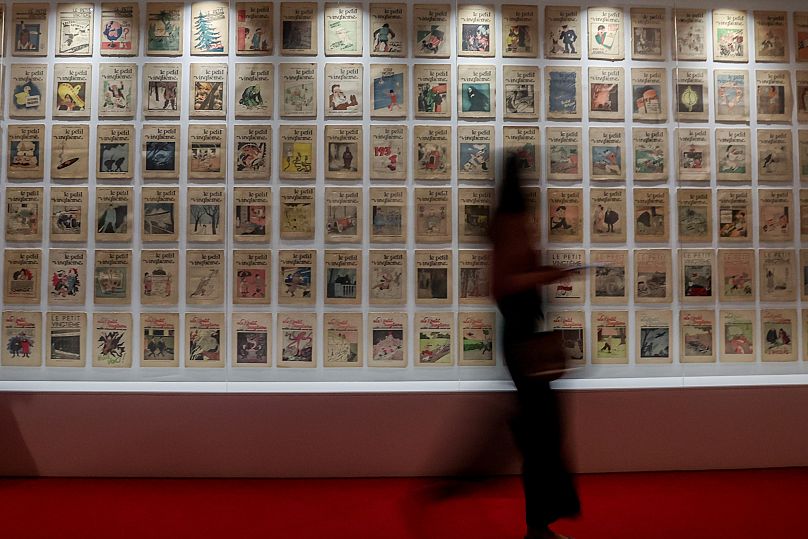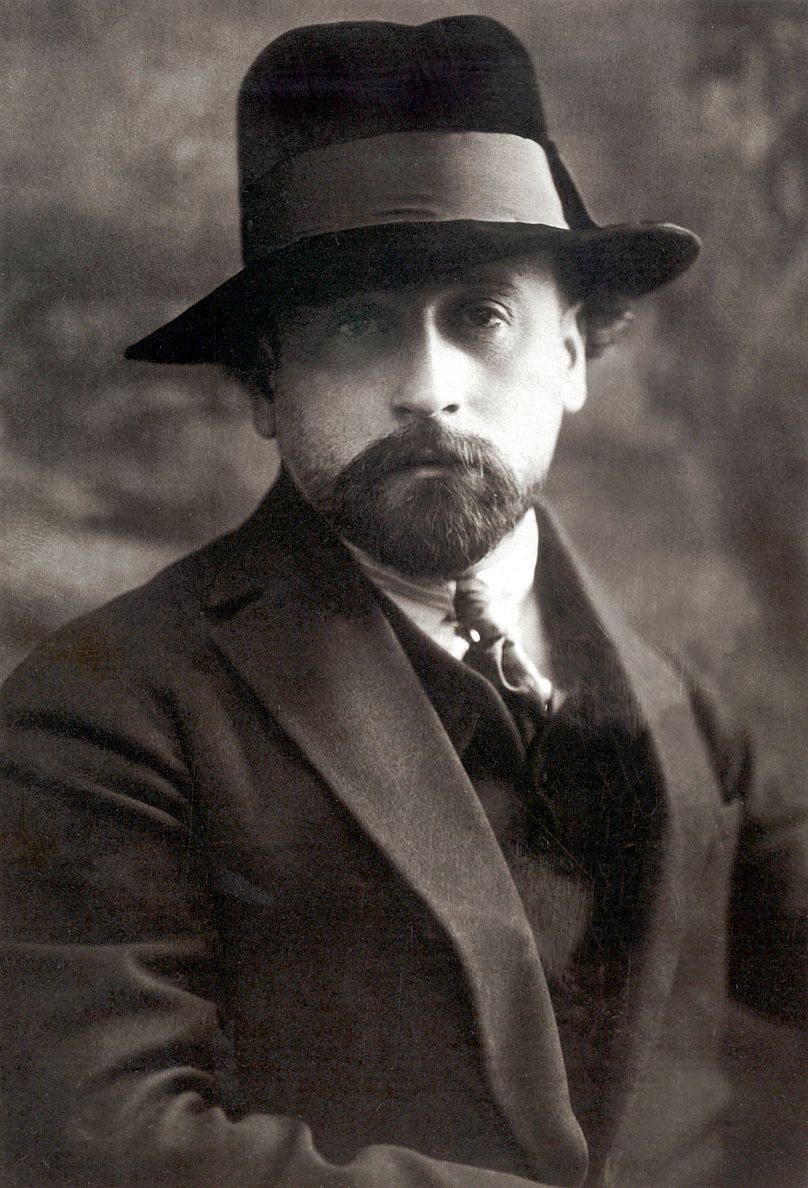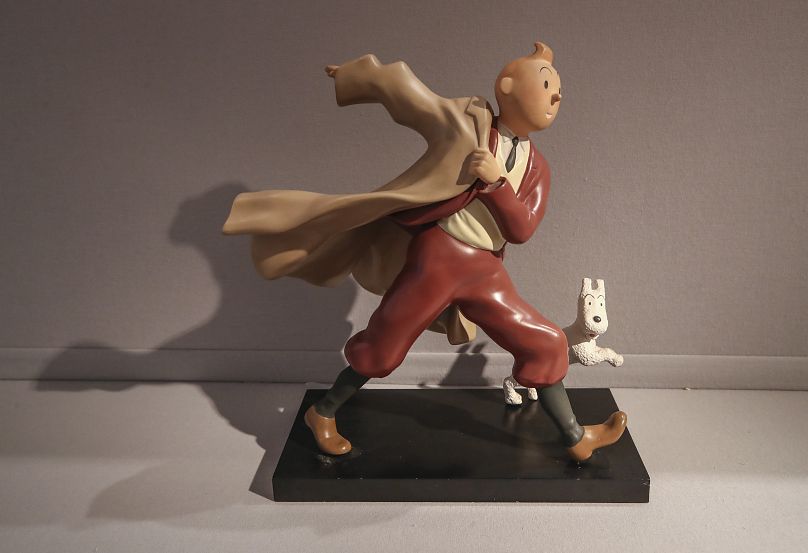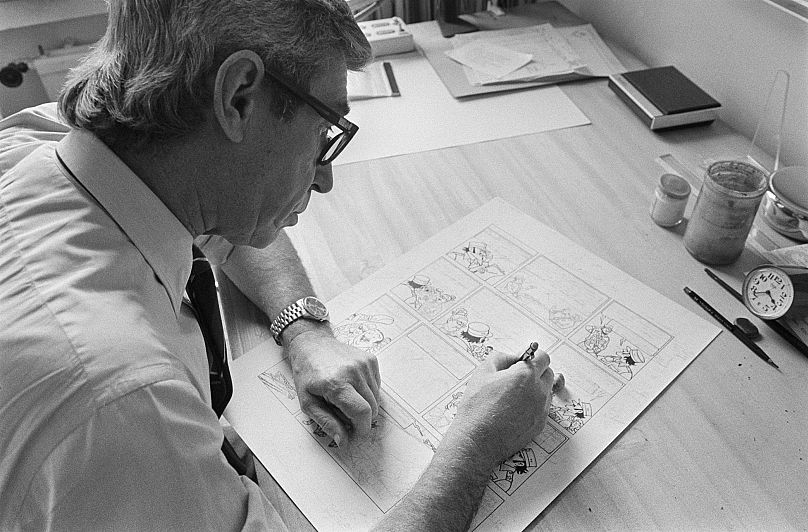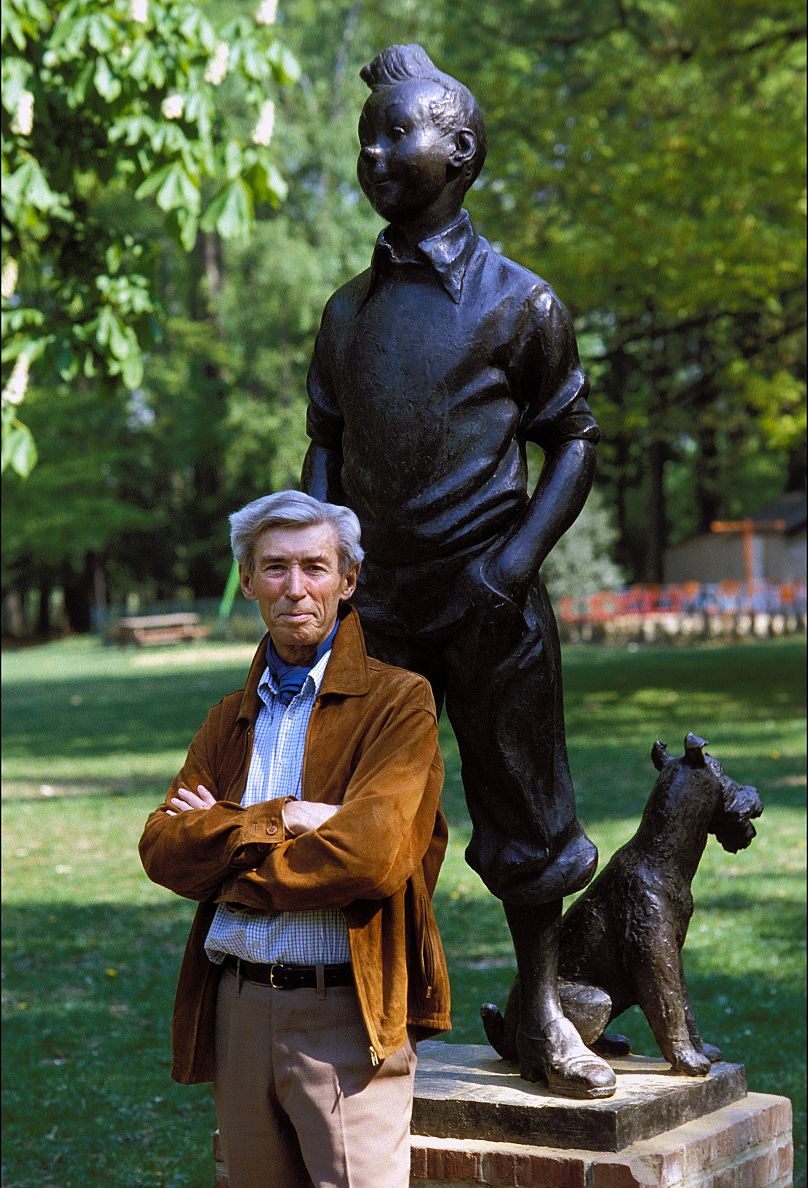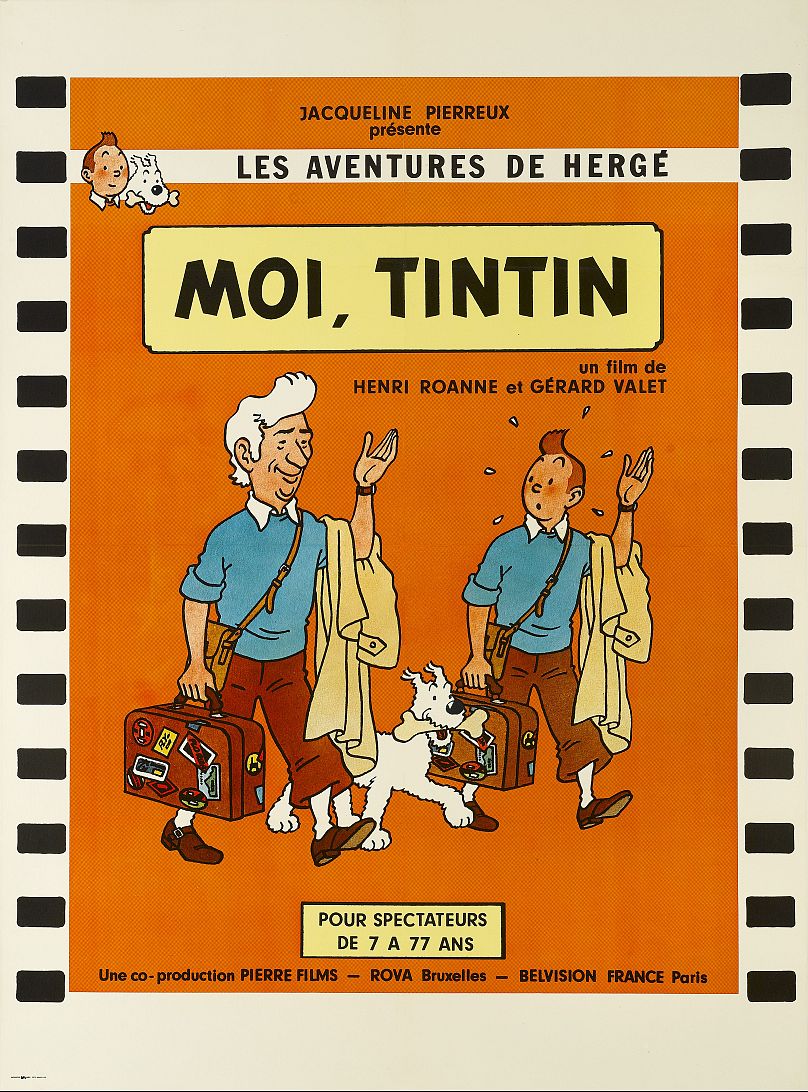On 26 September 1946, the first publication featuring the spunky boy reporter and his canine sidekick Snowy hit the shelves, launching the fictional journalist's popularity to new heights.
Tintin, the fictional Belgian reporter who travelled the world with his trusty fox terrier Snowy, first enthralled audiences in 1929 but it was in 1946 when he became world famous.
Created by Belgian comic strip artist Georges Prosper Remi - better known as Hergé - the magazine iteration of Tintin was first published on 26 September 1946 and was printed until 1993.
Put out by publishers Le Lombard, Tintin magazine was part of an elaborate publishing scheme.
Much of its content focused on releasing one or two new pages from several forthcoming Tintin comics that had yet to be published as a whole - drawing weekly readers who were too impatient to wait for entire albums.
In the intervening years between Tintin’s ‘birth’ and the magazine’s release, Hergé’s work had become hugely popular.
After leaving school, he began to work at the Belgian newspaper Le Vingtième Siècle, where he oversaw a weekly supplement for children entitled Le Petit Vingtième.
Early on in his tenure, he thought up Tintin, a young man and journalist with the “spirit of a Boy Scout”.
Apparently inspired by French investigative reporter Albert Londres’ career adventures, Tintin came into being.
Drawn with a round head, a button nose and two dots for eyes, his iconic quiff makes him instantly recognisable to this day.
His first adventure, ‘Tintin in the Land of the Soviets,’ was published in 1929 - and became an instant hit with children and adults alike.
As the stories progressed and their popularity grew, and Hergé added all kinds of characters.
Some were based on famous people, including Bianca Castafiore - who was inspired by the opera singer Maria Callas - and others on his family, like Thomson & Thompson, who were inspired by his father and his father’s twin brother.
The first issue of the magazine, published on 26 September 1946, was in French.
It featured Hergé, Edgar P Jacobs, Paul Cuvelier and Jacques Laudy as artists. As the publication advanced, so did the quantity of artists involved, which meant creatives were given wide exposure in such a popular magazine.
A Dutch edition, entitled Kuifje - Tintin’s name in the language - was published simultaneously, with 20,000 copies released in the Netherlands and 40,000 in France.
By 1948, the magazine had grown from 12 to 20 pages - and an entirely separate version for France was launched.
At that time, a group of new young artists joined the team.
Made up of French cartoonists Étienne Le Rallic, Jacques Martin and Dino Attanasio and Flemish Willy Vandersteen, they were tasked with the direction of the magazine as Hergé himself became more absent.
In the 1950s, the publication was at its peak and became ever more international and successful, with separate versions for France, Switzerland, Canada, Belgium and the Netherlands, selling about 600,000 copies a week.
By the 1980s, though, Tintin magazine was in steady decline.
Various short-lived attempts to attract a new audience didn’t seem to work, with adolescents and adults increasingly shunning comics and younger children preferring albums.
At the end of 1980, the Belgian edition was cancelled, leaving only the French edition remaining.
Hergé died in 1983, with his family taking over the boy reporter’s fictional life.
In 1988, the circulation of the French version had dropped to just 100,000.
When the contract between the Hergé family and publisher Raymond Leblanc came to an end, the magazine’s name was changed to Tintin Reporter.
Alain Baran, a former friend of Hergé, attempted to revive the magazine in December 1992 but circulation dropped dramatically. The publication of the Dutch version Kuifje ceased in 1992, and the French version - by then renamed Hello Bédé - finally disappeared in 1993.
Since the magazine’s closure 30 years ago, Tintin remains popular and an emblem of simpler times for many.
In 2011, Steven Spielberg directed animated feature ‘The Adventures of Tintin’, which starred Jamie Bell, Andy Serkis and Daniel Craig. There have also been countless television and radio adaptations of the reporter’s adventures - and you’ll likely still see a bar or restaurant named after Tintin in many cities across Europe.
Such is his enduring popularity.












